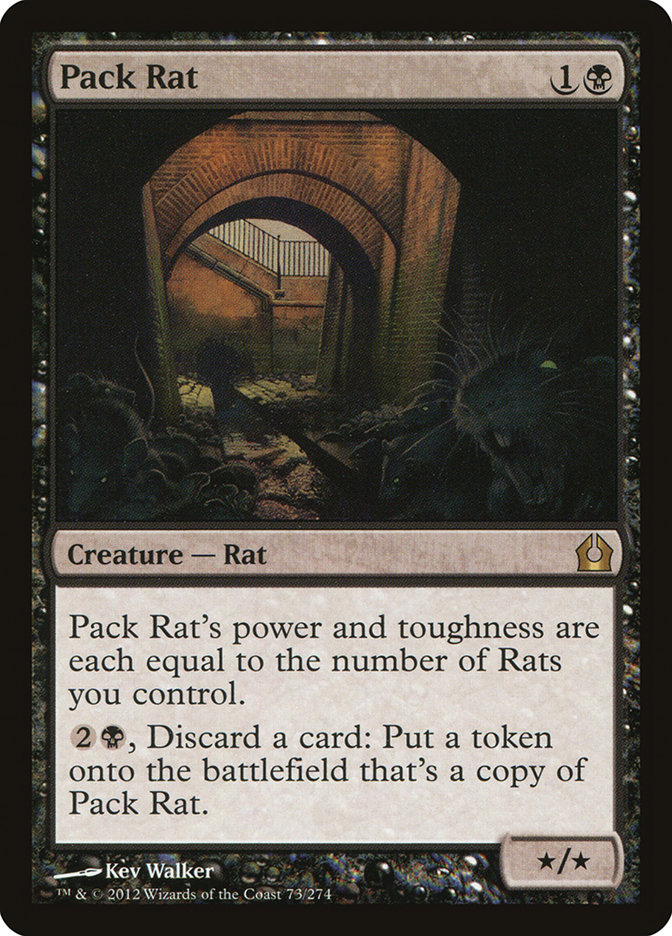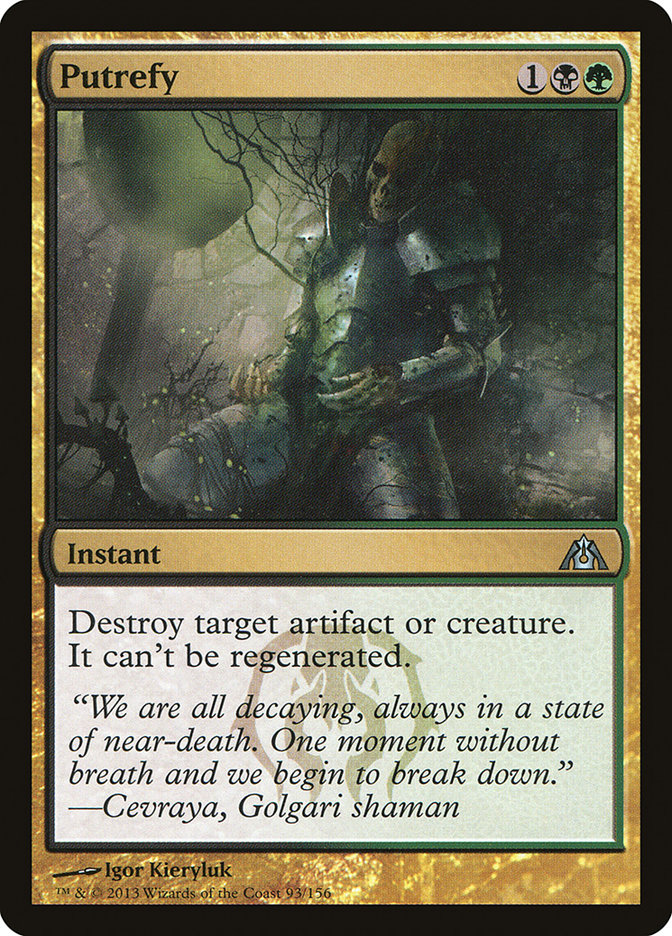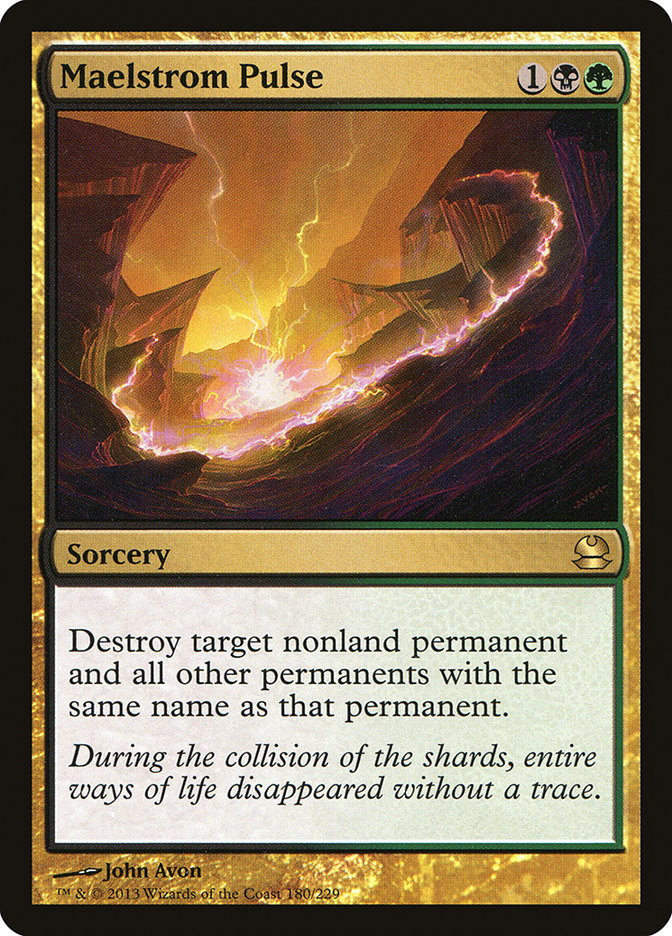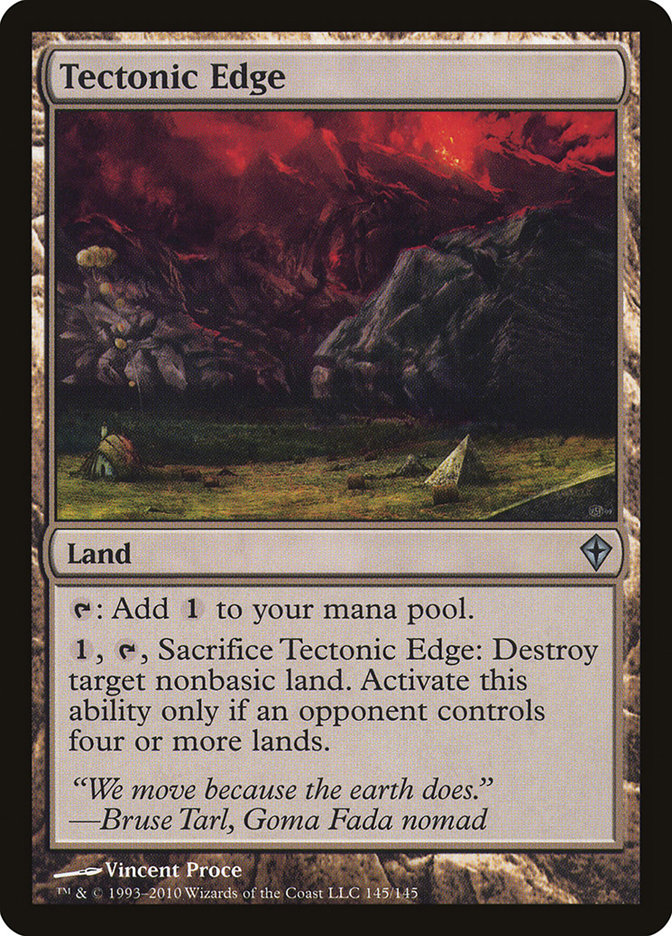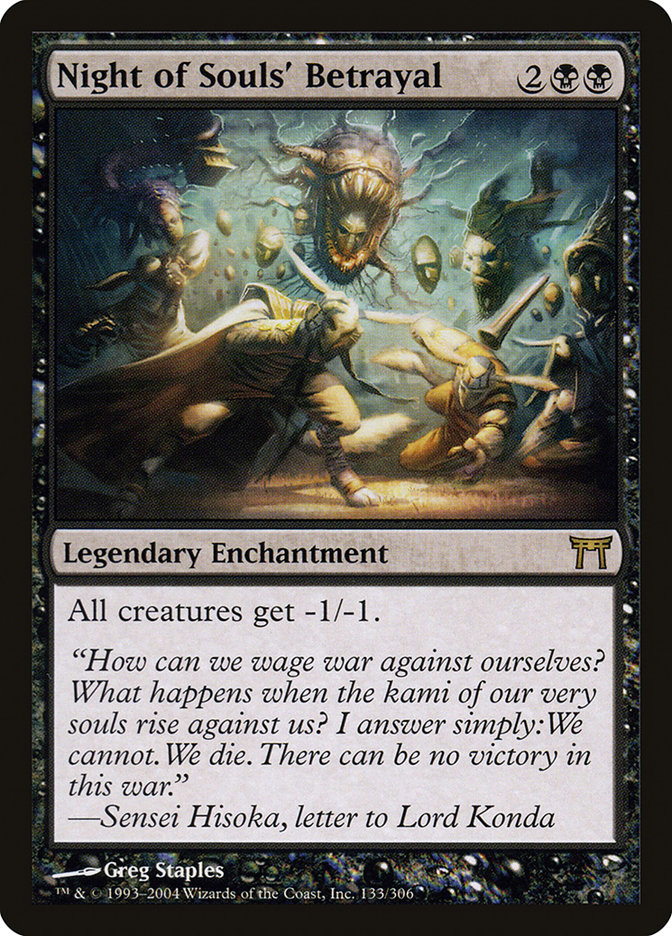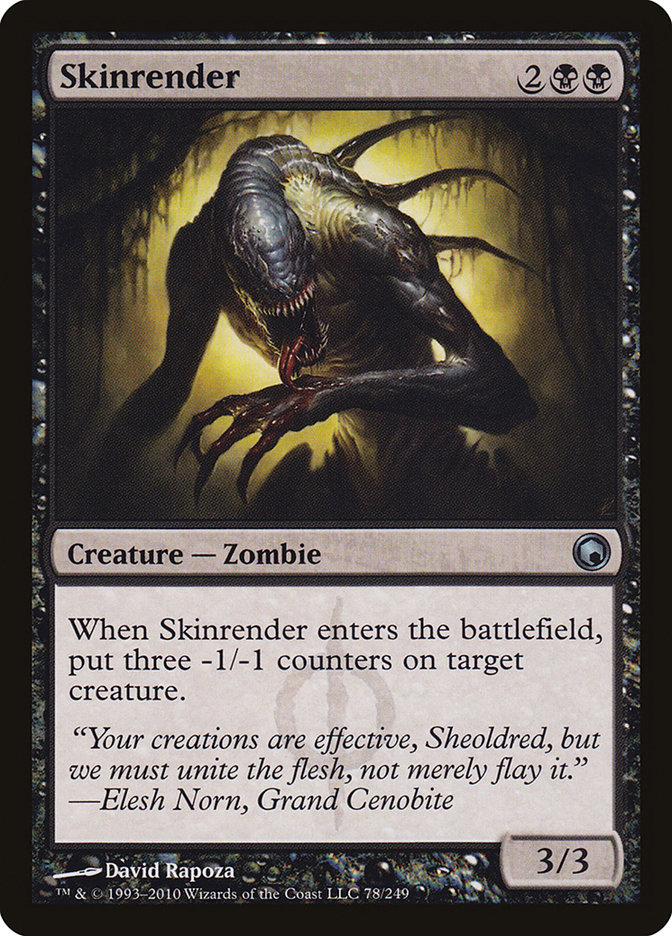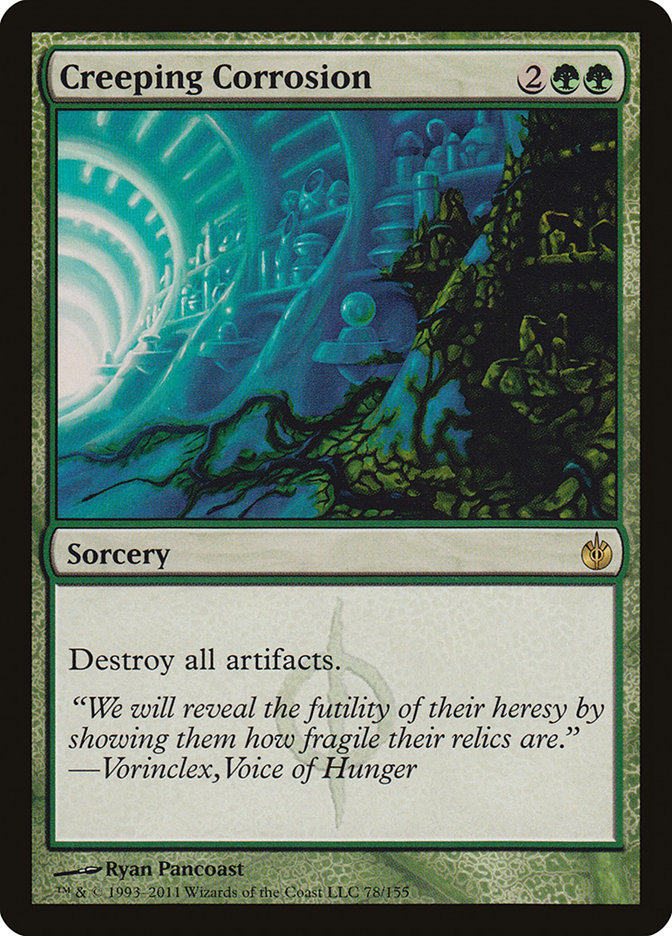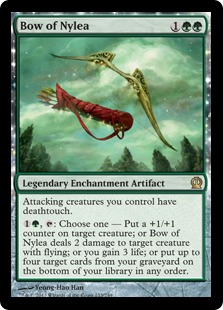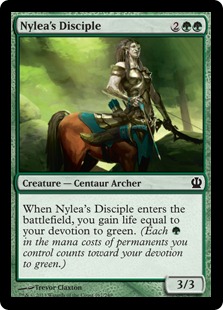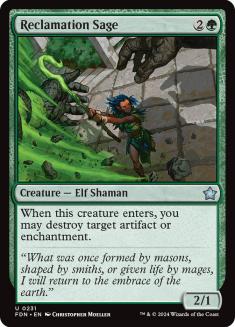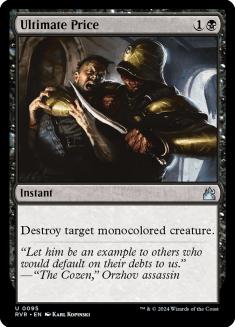“Partial success is a sedative that blocks greatness.” – Some Smart Dude/Dudette
I am a victim to complacency. After a fairly nice streak in Season One of the Open Series capped with a ninth place at the Season One Invitational in
Charlotte, I felt like I had arrived in many ways as a “professional” magician.
I could not have been more incorrect.
Season Two left me with a series of cash finishes but without a single top 8 and a lot of very sloppy misses. At the time I wanted to chalk this up to
variance and my dislike for the formats at the time, then I had a proverbial slap in the face: reality.
I was losing games because I was lazy. I repeat I was losing because I was lazy. Not because of variance, not because the formats were “stale” or
“bad”, not for any of the million other reasons people cook up to justify their losses.
I was losing because I was not putting in nearly enough work playtesting and working to become a better player. This is frankly unacceptable. If I want to
grow as a player and make the Players’ Championship, I knew I had to reach out to the community and work harder.
A lot harder.
Lucky enough for me, and unlucky in other regards, there was a break in Open Series events in the midwest during Season Three. This gave me time to
reevaluate my testing processes and work with some other great players (GerryT, Jarvis Yu, Andrew Tenjum: thank you from the bottom of my heart. Sorry for
those I forgot, but trust me, everyone I worked with online helped in major ways). With some of this free time from the SCG Open Series I was able to
develop a better testing process and deck development system. While the specifics are unimportant, the change in perspective towards internal reflection
and hard work began to help me find a better understanding of the game.
Thankfully there was a very small payoff:
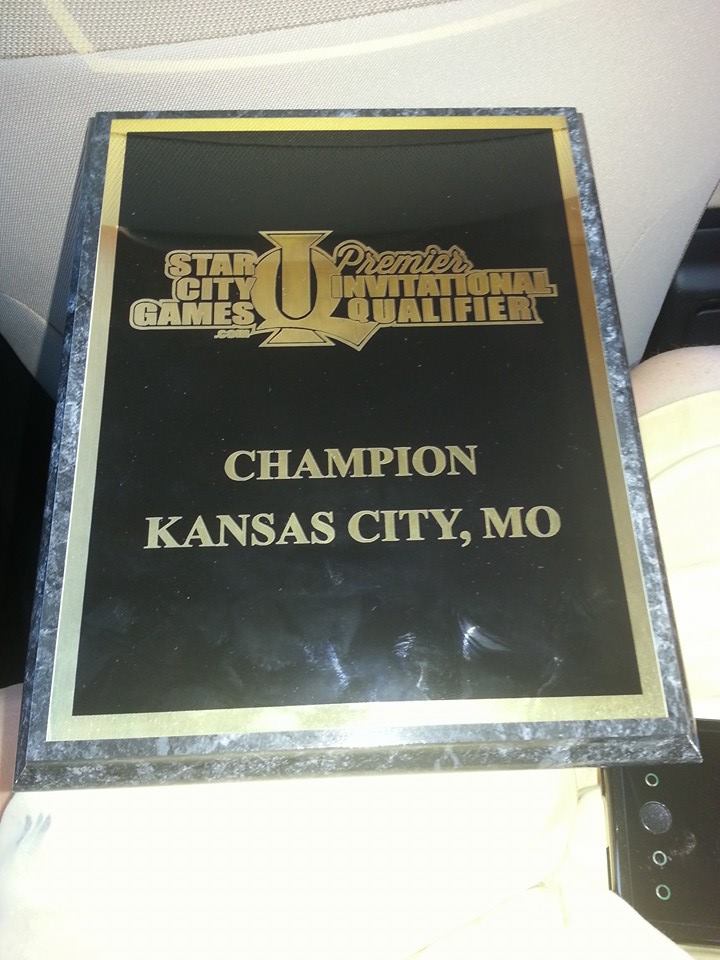
While I went 20-0 in games in the event I did get very lucky in quite a few games to keep that record intact, a small accomplishment in the grand scheme of
things. The major lesson learned from the event was simple:
Focus on self-improvement and the basics and results will follow.
While I am sure all of you fine folk would love to hear more lessons from a twenty-something Magic player, I think it’s time to get down to the fun stuff.
Creatures (13)
Planeswalkers (4)
Lands (25)
Spells (18)

Frankly, I’m in love with everything going on here. I get big creatures, hand disruption, and a sideboard full of game-ending cards. While this deck is not
anything new or ground breaking, some of the specific card choices were the product of hard work and networking with my friends in the community. So let’s
go over some quick hits:
In testing I found the Pod matchup was difficult in the mid to late game. While your disruption and removal do a great job of stunting their development
and taking away the combo aspect, Pod would just slowly grind back into the game as you tried to close it with Tarmogoyfs. Thankfully Mighty Mouse lets me
pressure them while also keeping up mana for removal on their turn. Once you reach three or four rats, you get to change roles and become the beatdown.
This means the Pod deck has to starting trading unfavorably or eventually the mouse gets there.
I started with two copies of Maelstrom Pulse maindeck to stay flexible for the mirror and creature matchups (I got sick of losing to man lands). Thankfully
Putrefy fills that gap while also letting me interact with artifacts from Affinity. I eventually added the second Putrefy to the sideboard to increase my
answers to Celestial Colonnade and Creeping Tar Pit. I toyed with double Putrefy maindeck, but Grand Prix Boston showed that BGx mirrors are going to
become a large part of the metagane and the flexibility of Pulse in that matchup is undeniable.
I could write page after page about how fantastic this card is, especially in this quantity, but I think a list of the decks it has a very real effect
against will paint the picture better:
Affinity
Faeries
BGx
Scapeshift
UWR
Tron
Kiki Pod
Melira Pod
Infect
Gifts
TarmoTwin
So that means out of the top 16 decks from the Modern Premier IQ, Tectonic Edge was a card I wanted against 13/16 decks if you count my list as a mirror.
I am absolutely in love with this card. I would invite the Night to my wedding, I would loan it money, I would help it move…if that isn’t love, I don’t
know what is. In return for my admiration it helps me out with Twin, Affinity, U/R Delver, and Storm. I won more games with this card “locking” out my
opponent than any other card in my sideboard this weekend.
I feel like the ability for Pod to grind in the mid-game with persist creatures is where this deck is weakest. This means the deck needs to have access to
two-for-ones that interact in the red zone. Skinrender will also come in against some of the hate bear decks or Merfolk.
We must work together to end the Robot Menace. Personally, I apply the “Plus One” Rule. I build a configuration that I think is solid against Affinity then
I add one blowout card like Corrosion to make sure I do my part to keep these pesky bots in check for the good of all mankind.
I think the most important point about this deck is its ability to have a very good “Plan A”. No matter the matchup, your line of Thoughtseize into
Tarmogoyf is very strong. While that seems very obvious, this is important to keep in mind when making mulligan decisions. I suggest mulliganing seven card
hands that do not have some disruption and a threat. The strength of this start far outweighs the risk of starting down a card. Additionally, this will
prevent you from losing to many of the nut draws decks in this present format. Moving forward I do not think the deck needs any major changes, but for
those interested in making changes, start with the Pack Rats and the eighth discard spell. I honestly would not touch the sideboard, but if you were
inclined to do so, the Putrefy is a flexible spot there.
Overall I think the B/G deck is the best version of the B/G/x shell for the current Modern metagame. This is mostly due to the strength of having four
copies of all your powerful cards while having a disruption shell and efficient threats. I think if anyone is looking for a way to have more decisions to
make in Modern while not relying on counter magic, BG is the way to go.
For those interested in my standard deck from the SCG KC Open check out the deck tech:
My losses on the day were to: Mono-Blue Devotion, Esper, and Dredge Constellation. I feel like this is pretty representative of the deck’s weaknesses as
the losses were to definite problem cards. Domestication and Cyclonic Rift were issues out of Mono-Blue Devotion. The Supreme Verdict matchup felt strong
post board, but the Esper configuration with three or four different planeswalkers definitely gives G/b Devotion fits. I was also surprised to lose the
Dredge Constellation matchup, but Lotleth Troll + Nighthowler ends up being near impossible for my Kansas City configuration. I have some suggest the
following changes to address these weaknesses:
Out:
In:
These changes are to specifically address the Mono-Blue matchup and our weakness to Domestication. I realize many people were running Reclamation Sage
maindeck in their green devotion decks, but the only time I really wanted it was against Domestication so the inclusion of Sage is dependent on the
popularity of only that card. The Ultimate Price is solid against Mono-Blue, specifically the Cloudfin Raptor starts, and is also solid against midrange
and the mirror. For those wanting to pick up the deck, the mirror is 100% based on Polukranos and maximizing your devotion while containing your opponents.
This means cards like Setessan Tactics and Ultimate Price are vital to that matchup.
I’m excited for this opportunity to share the lessons I have learned from trying to make the Players’ Championship. For the near future of my column, I
will be focusing on the tournament preparation process and self-evaluation of my own mindset in regards to tournaments. I think a lot of the Magic
community is scared of taking a hard look internally as a means of improving their game. A good portion of the community, myself definitely included, can
make massive gains in their game by making an honest and unfiltered assessment of their mental processes before and during tournaments. I would love to
hear any feedback from each of you and will be glad to expand on G/b Devotion once I’m able to see how the field at Pro Tour Magic 2015 incorporates the
new cards into the Green Devotion shell.

